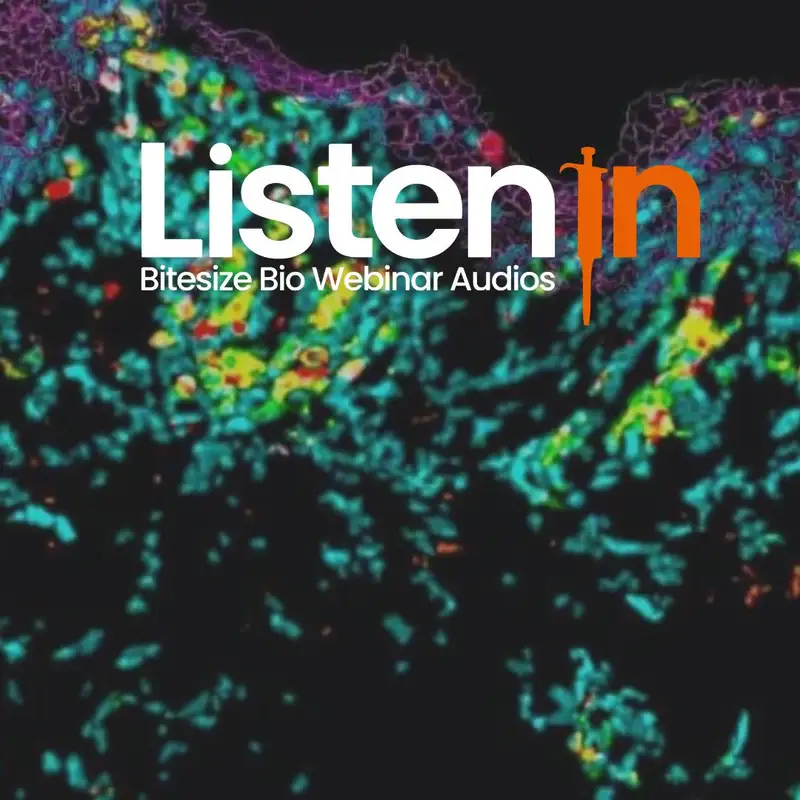All Episodes
Displaying 1 - 20 of 146 in total
Integrated Solutions for Serial Sectioning and Cryo-EM with UC Enuity
Discover integrated solutions for precise serial sectioning and cryo-EM sample prep—supporting seamless workflows from ultramicrotomy to 3D electron microscopy.In this...
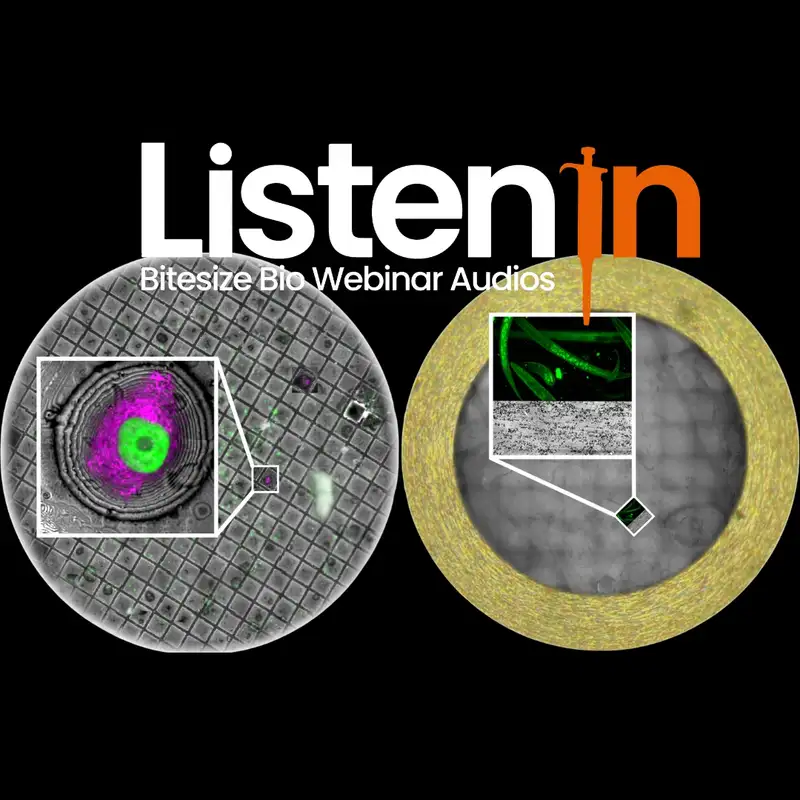
Whole-brain Spatial Transcriptomics at Cellular Resolution
Learn how to perform a powerful new tissue-clearing method, designed for whole-brain 3D spatial RNA imaging at single cell resolution, and able to provide uniform stai...
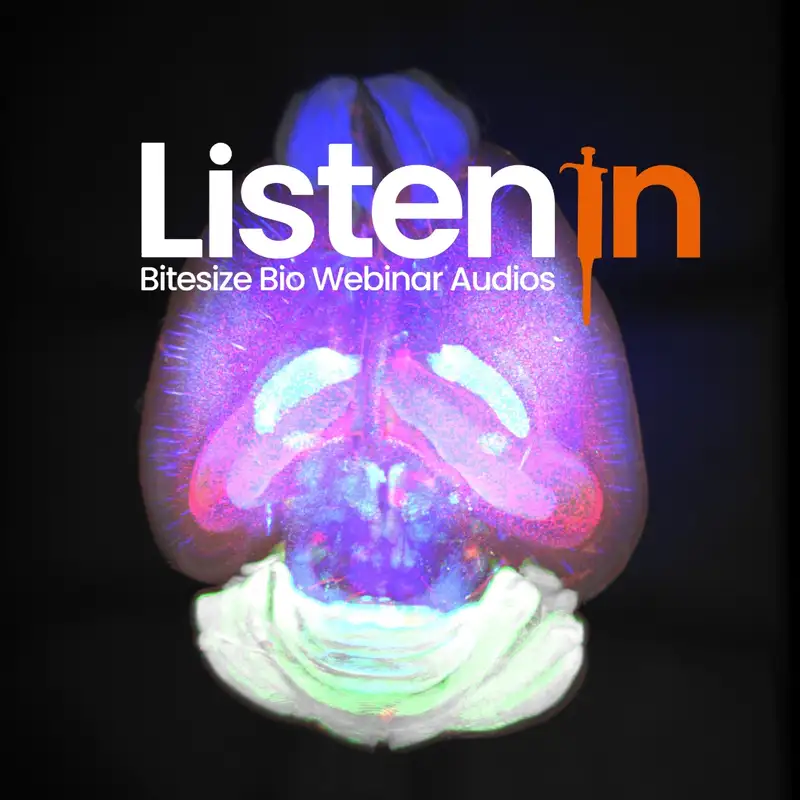
Detecting Rare T-Cell Responses at Scale with ELISpot and FluoroSpot
Detecting rare antigen-specific T-cell responses requires assays that are both sensitive and scalable. Traditional methods like flow cytometry often struggle with high...
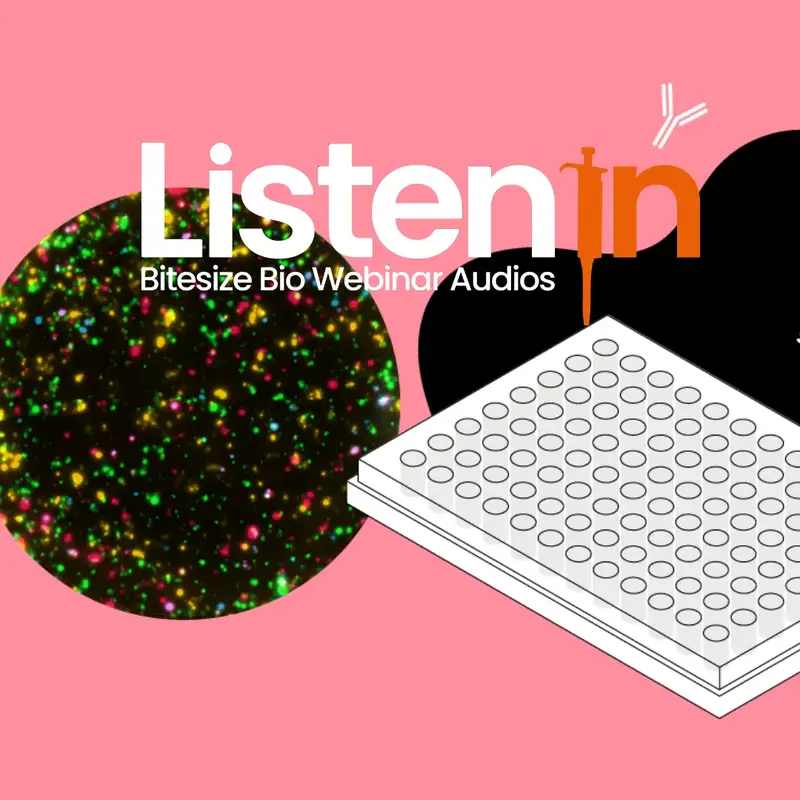
From Surplus to Savings: Tackling Unused Lab Products in Life Sciences
In the life sciences, an astounding amount of unused products and materials end up in landfills instead of contributing to research progress. This issue arises across ...
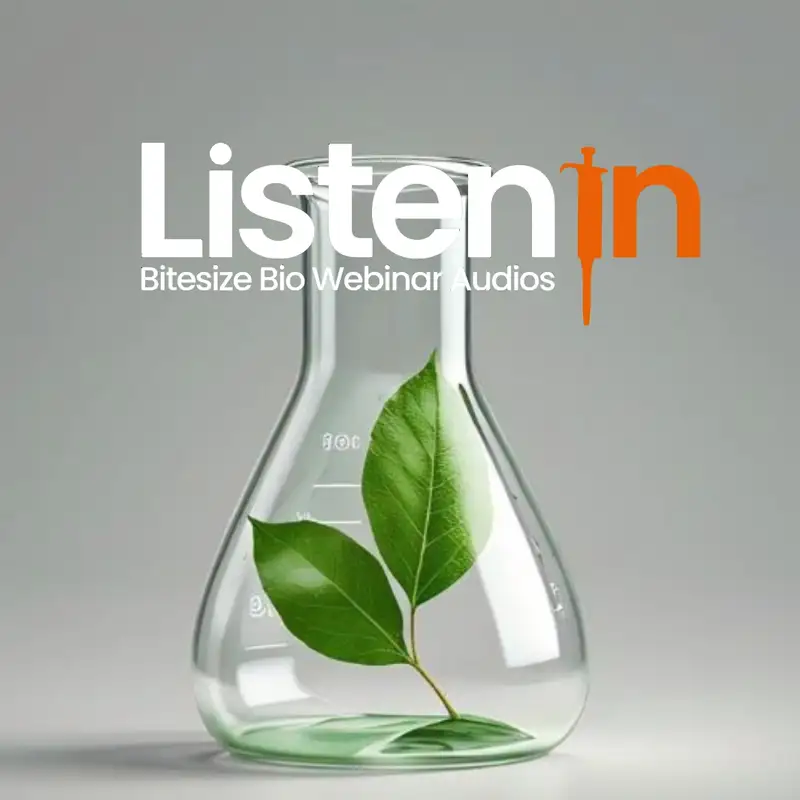
Automated Hepatocyte Counting: New Technology for Simple, Reliable Counts
Automated counting of certain cell types is notoriously challenging due to their irregular shapes, variable nuclei number, autofluorescence, and often high amounts of ...

Pioneering Biomarker Discovery In Mucinomics Through Mass Spectrometry
In this episode of Listen In, we showcase cutting-edge mass spectrometric analysis of mucins, including the characterization of mucinases, enrichment techniques, and c...
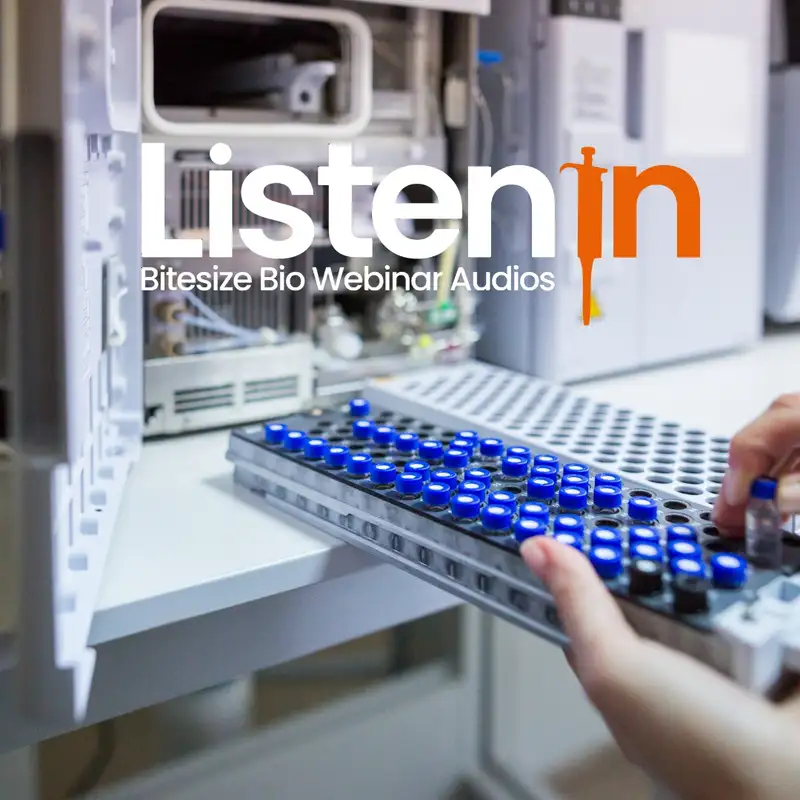
How to Multiplex Any Assay: User Experience of the xMAP INTELLIFLEX®
In this episode, learn about latest advancements in multiplex assay technology.Hear from real user experience how the advanced xMAP INTELLIFLEX® DR-SE Instrument revol...

Inside Immunoassays: Strategies to Maximize Your Immunoassay Data and Insights
Immunoassays are pivotal in scientific research, enabling the precise identification and measurement of specific analytes. They pave the way for investigations into di...
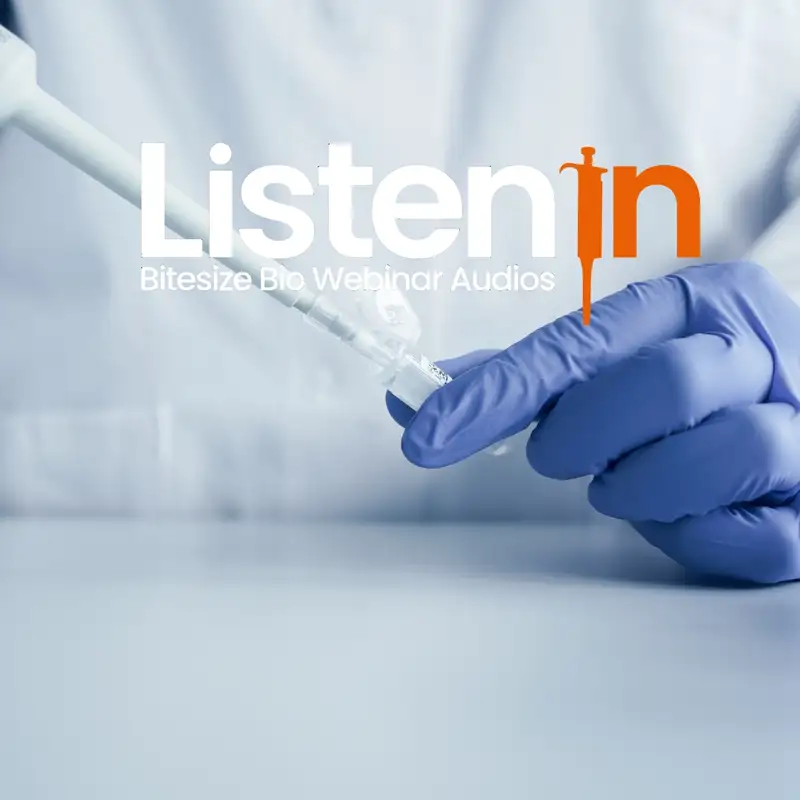
AI-Powered 3D Organoid Analysis
Multicolor 3D fluorescent confocal microscopy presents significant challenges in image acquisition and data analysis. However, AI is making a massive impact on 3D spat...

High-Throughput and Wide-Range Protein Concentration Determination of Monoclonal Antibodies
In this episode of Listen In, explore high-throughput and wide-range protein concentration analysis that can deliver a 20-fold improvement in time and budget savings.P...

Multiplexing Magic: How MULTI-seq Revolutionizes Single-Cell RNA Sequencing
Learn more about the capabilities of MULTI-seq in single-cell sequencing in this episode of Listen In. Developed by the Gartner Lab at UCSF, this innovative multiplexi...
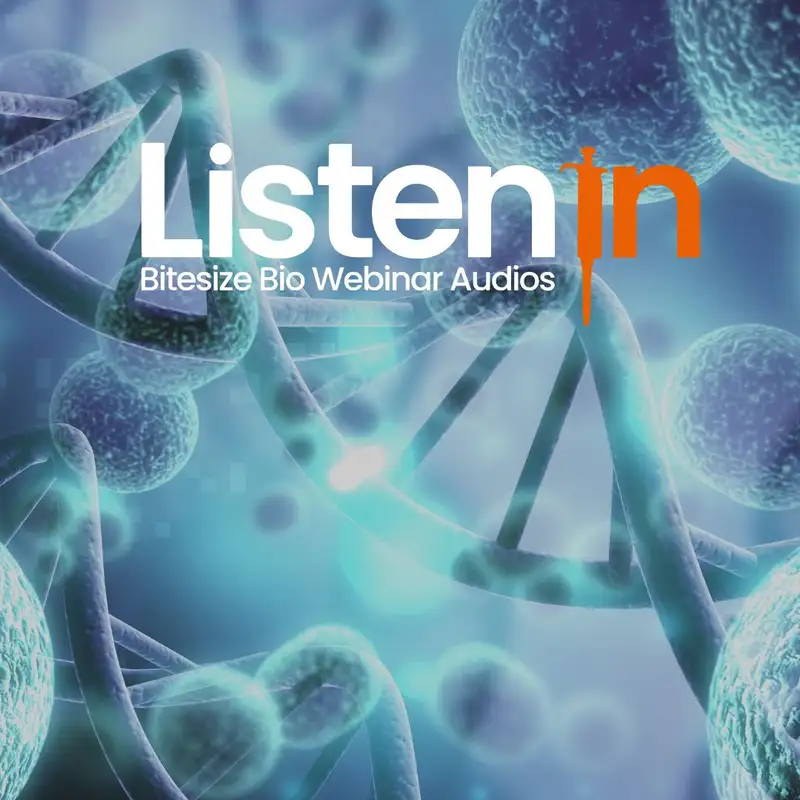
Multi-View Light Sheet Microscopy to Track Cell Lineages in Tissue Morphogenesis
A major question in developmental biology is understanding how cellular fate decisions are regulated precisely in space and time. Fortunately, we can now begin to obse...
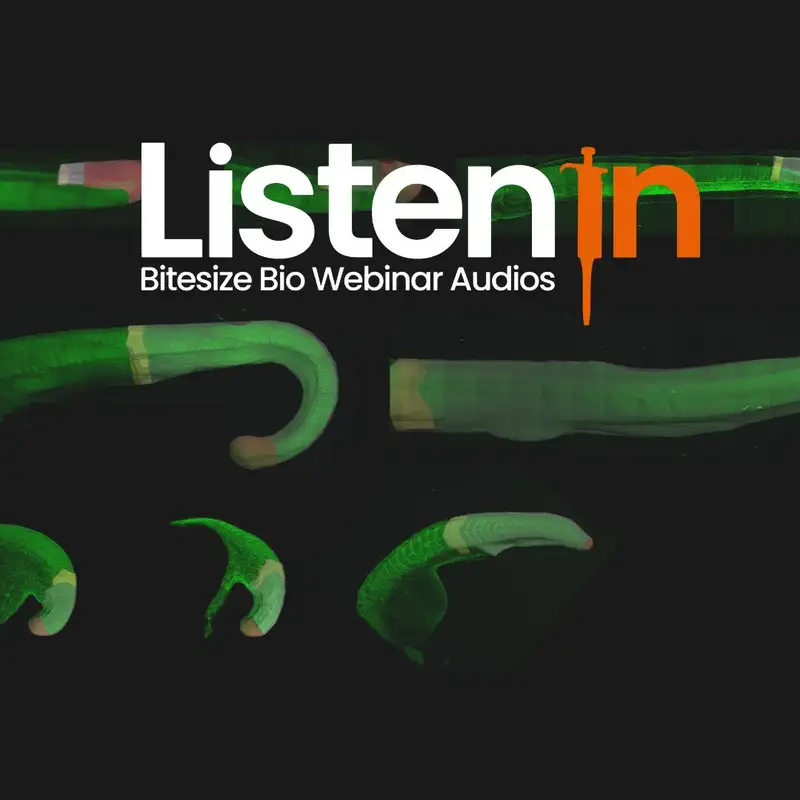
Enhancing 3D Spatial Biology with AI: Simplified Insights for All
In this episode, learn how AI-powered segmentation, spatial analysis, and phenotyping can help you gain new insights for 3D images with complex morphological measureme...
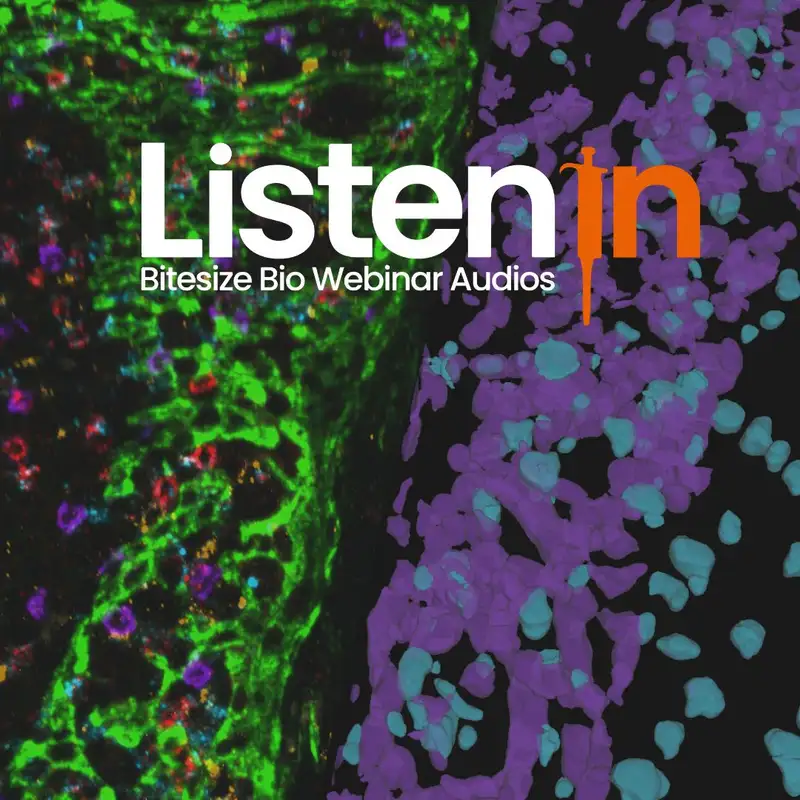
Accelerate Scientific Progress: The Power of Reproducibility, Collaboration and New Imaging Technologies
Imaging scientists have a critical educational role in improving rigor and reproducibility by sharing their technical expertise and providing intellectual contribution...

Inside Immunoassays: Best Practices for Accurate and Reliable Results
Immunoassays play an indispensable role in scientific research. They facilitate the detection and quantification of specific analytes, enabling in-depth investigations...
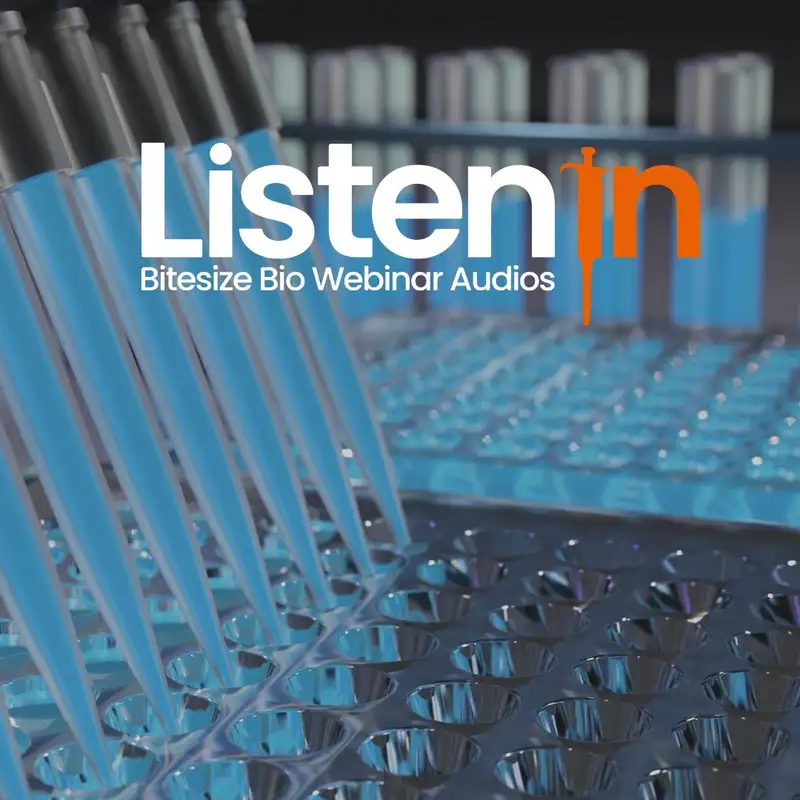
Windows On Neurovascular Pathologies
The brain is an immune-privileged organ, meaning it is protected from the entry of pathogens, blood circulating factors, and immune cells by a physical barrier called ...
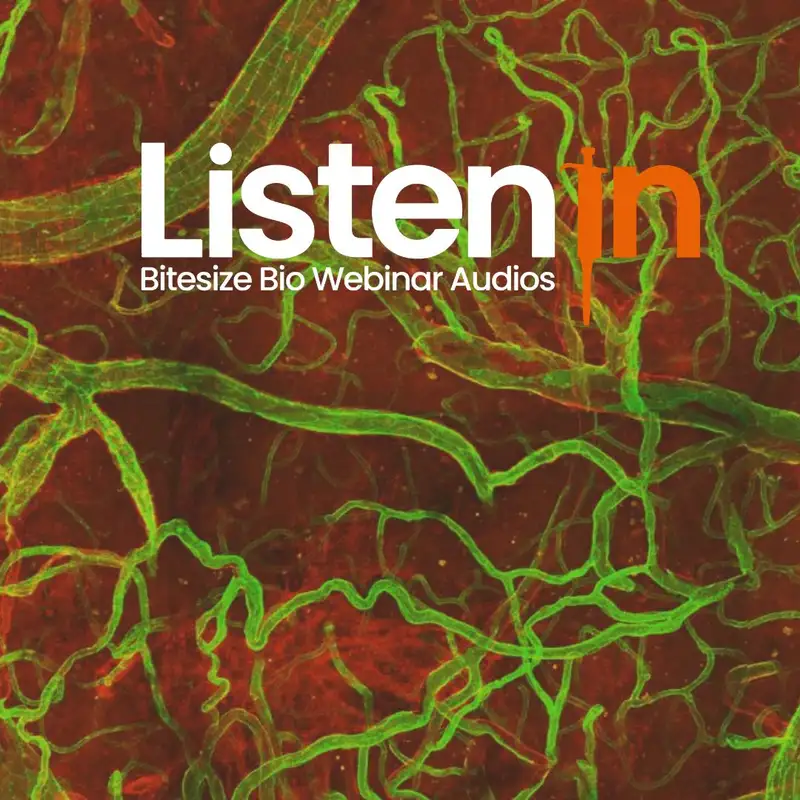
Unleashing Fibrotic Secrets: Coupling the Power of Laser Microdissection with Mass Spec
Tissue heterogeneity is a significant challenge when analyzing proteins in tissue samples to identify disease states. In this episode, explore how combining laser micr...
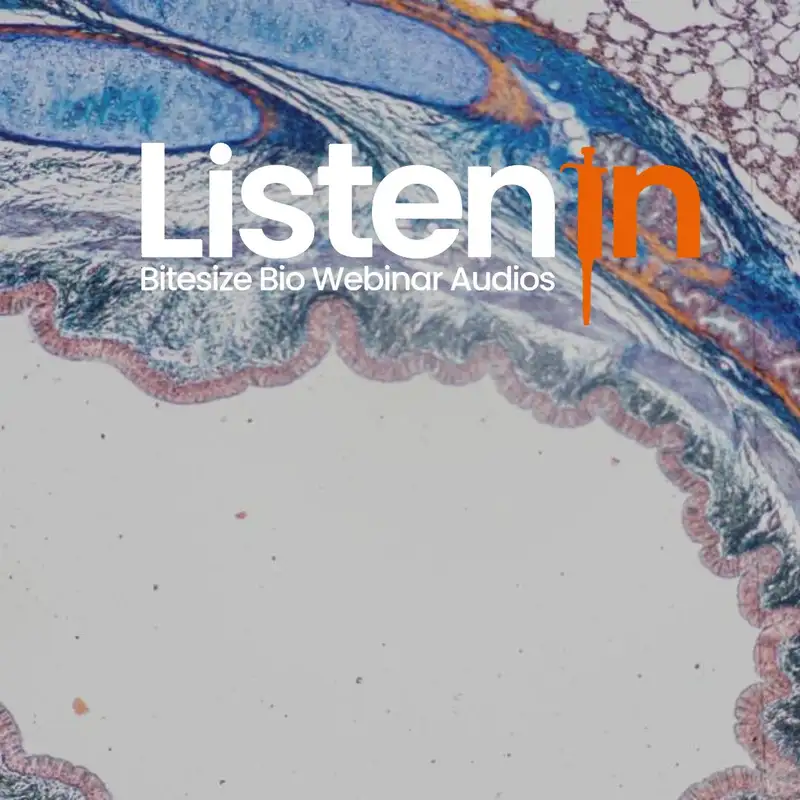
Virtual Reality Showcase for Stellaris: Leica’s Confocal Microscopy Platform
Join Advanced Workflow Specialists for a virtual reality showcase of Leica's confocal microscopy platform, STELLARIS. In this episode of Listen In, discover how to enh...

Tools & Techniques for the Study of Biologics & Antibody Drug Conjugates
The fundamental cellular mechanisms of internalization and trafficking are crucial to many areas of cell biology, especially the proper function of therapeutic antibod...
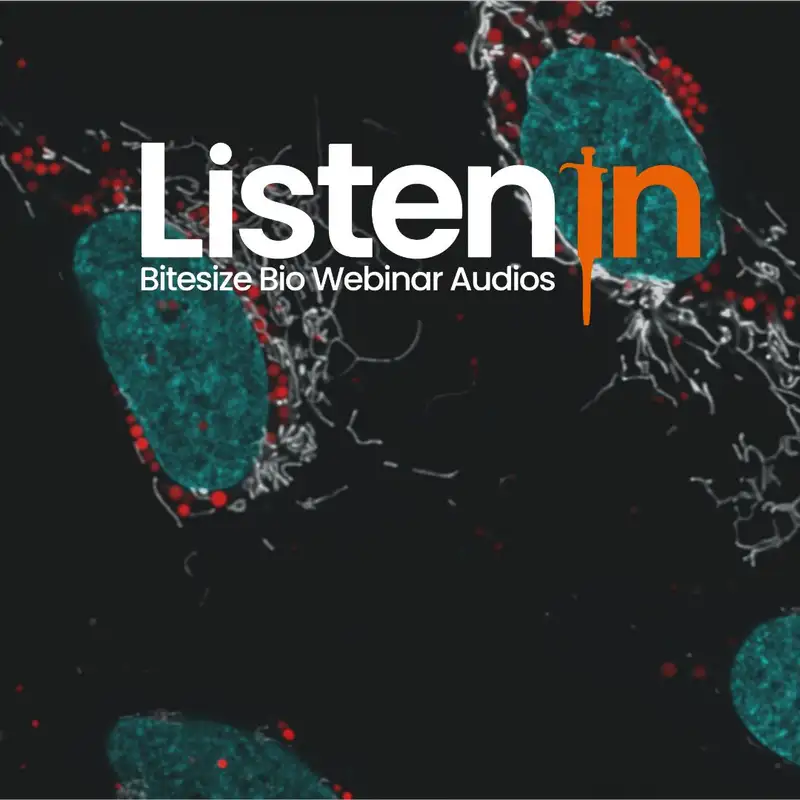
Multiplex Annotated Tissue Imaging System (MANTIS®)
Join us on Listen In as we unveil a breakthrough method for imaging skin immune cells, crucial for accurate diagnoses and personalized treatments. Traditional imaging ...
